Grass weeds are a significant concern for homeowners and landscapers alike, as they can quickly invade and disrupt the aesthetic and functional qualities of lawns. These unwanted plants often compete with desirable grass species for essential resources such as sunlight, water, and nutrients. Understanding the biology and ecology of grass weeds is crucial for effective management.
Grass weeds can be classified into two main categories: annual and perennial. Annual grass weeds, such as crabgrass and foxtail, complete their life cycle within a single growing season, germinating, maturing, and dying off within a few months. In contrast, perennial grass weeds, like quackgrass and Bermuda grass, can survive for multiple years, often spreading through underground rhizomes or above-ground stolons.
The growth habits of grass weeds can vary significantly, influencing their management strategies. For instance, annual grass weeds typically germinate in the spring and can be controlled effectively through pre-emergent herbicides applied before their seeds sprout. Perennial grass weeds, however, may require more aggressive approaches due to their established root systems.
Understanding the life cycle of these weeds is essential for timing control measures appropriately.
By recognizing these factors, lawn care professionals and homeowners can develop targeted strategies to mitigate the impact of grass weeds on their landscapes.
Key Takeaways
- Grass weeds are unwanted grass species that compete with desirable turfgrass in lawns and landscapes.
- Common grass weeds in lawns include crabgrass, goosegrass, and annual bluegrass, which can be identified by their growth habits and leaf characteristics.
- Prevention and cultural practices such as proper mowing, watering, and fertilization can help manage grass weeds in lawns.
- Chemical control options for grass weeds include pre-emergent and post-emergent herbicides, which should be used according to label instructions.
- Organic control methods for grass weeds include hand-pulling, mulching, and using natural herbicidal products, which can be integrated into an overall pest management plan for grass weeds.
Identifying Common Grass Weeds in Lawns
Identifying common grass weeds is a critical step in managing them effectively. Among the most prevalent grass weeds found in lawns are crabgrass, goosegrass, and barnyardgrass. Crabgrass (Digitaria spp.) is an annual weed that thrives in warm weather and is often found in disturbed soils or areas with thin turf.
Its distinctive wide leaves and sprawling growth habit make it easily recognizable. Goosegrass (Eleusine indica), another annual weed, has a more upright growth pattern and is characterized by its coarse texture and flattened seed heads. Barnyardgrass (Echinochloa crus-galli) is also an annual weed that can be identified by its broad leaves and tendency to grow in clumps.
Perennial grass weeds such as quackgrass (Elymus repens) and Bermuda grass (Cynodon dactylon) pose unique challenges due to their ability to persist over time. Quackgrass is notorious for its extensive rhizome system, which allows it to spread rapidly in lawns. Its narrow leaves and upright growth habit can make it difficult to distinguish from desirable grasses without close inspection.
Bermuda grass, while often used intentionally in warm-season lawns, can become invasive if not properly managed. Its aggressive growth and ability to spread through both seeds and vegetative means make it a formidable opponent in maintaining a pristine lawn.
Prevention and Cultural Practices for Managing Grass Weeds

Preventing grass weeds from establishing in the first place is often more effective than attempting to control them once they have taken root. Cultural practices play a vital role in this preventive approach. One of the most effective strategies is maintaining a healthy lawn through proper mowing techniques.
Regular mowing at the appropriate height for the specific grass type encourages dense turf growth, which can outcompete emerging weeds for resources. For example, cool-season grasses should be mowed at a height of 2.5 to 4 inches, while warm-season grasses typically thrive when mowed to a height of 1 to 3 inches. Another essential cultural practice is proper fertilization and watering.
Over-fertilizing can lead to lush growth that attracts weeds, while under-fertilizing may weaken desirable grasses, making them more susceptible to invasion.
Additionally, watering practices should focus on deep, infrequent irrigation rather than shallow, frequent watering.
This encourages deeper root growth in desirable grasses while making it more challenging for shallow-rooted grass weeds to thrive.
Chemical Control Options for Grass Weeds
| Chemical Control Options for Grass Weeds | |||
|---|---|---|---|
| Herbicide Name | Targeted Weeds | Application Timing | Effectiveness |
| Glyphosate | Various grass weeds | Post-emergence | High |
| 2,4-D | Annual grasses | Post-emergence | Moderate |
| Imazapic | Perennial grasses | Pre-emergence | High |
When cultural practices alone are insufficient to manage grass weeds, chemical control options may be necessary. Herbicides are categorized into two main types: pre-emergent and post-emergent herbicides. Pre-emergent herbicides are applied before weed seeds germinate and are particularly effective against annual grass weeds like crabgrass.
These products create a chemical barrier in the soil that prevents seed germination when applied at the right time—typically in early spring before soil temperatures reach 55°F. Post-emergent herbicides are used to control existing grass weeds after they have emerged. Selective post-emergent herbicides target specific weed species while leaving desirable grasses unharmed.
For instance, products containing quinclorac or fenoxaprop-p-ethyl are effective against crabgrass without damaging most turf grasses. Non-selective herbicides like glyphosate can also be used but should be applied with caution as they will kill any plant material they come into contact with.
Organic Control Methods for Grass Weeds
For those seeking environmentally friendly alternatives to chemical herbicides, organic control methods offer viable options for managing grass weeds. One effective organic approach is the use of mulch to suppress weed growth. Applying a layer of organic mulch around desirable plants not only conserves moisture but also blocks sunlight from reaching weed seeds, inhibiting their germination.
Another organic method involves using vinegar or other acetic acid solutions as a natural herbicide. These solutions can effectively kill young grass weeds when applied directly to their foliage on sunny days. However, care must be taken to avoid contact with desirable plants, as these solutions do not discriminate between weeds and beneficial vegetation.
Additionally, hand-pulling or hoeing can be effective for small infestations of grass weeds, particularly when done before they set seed.
Integrated Pest Management for Grass Weeds
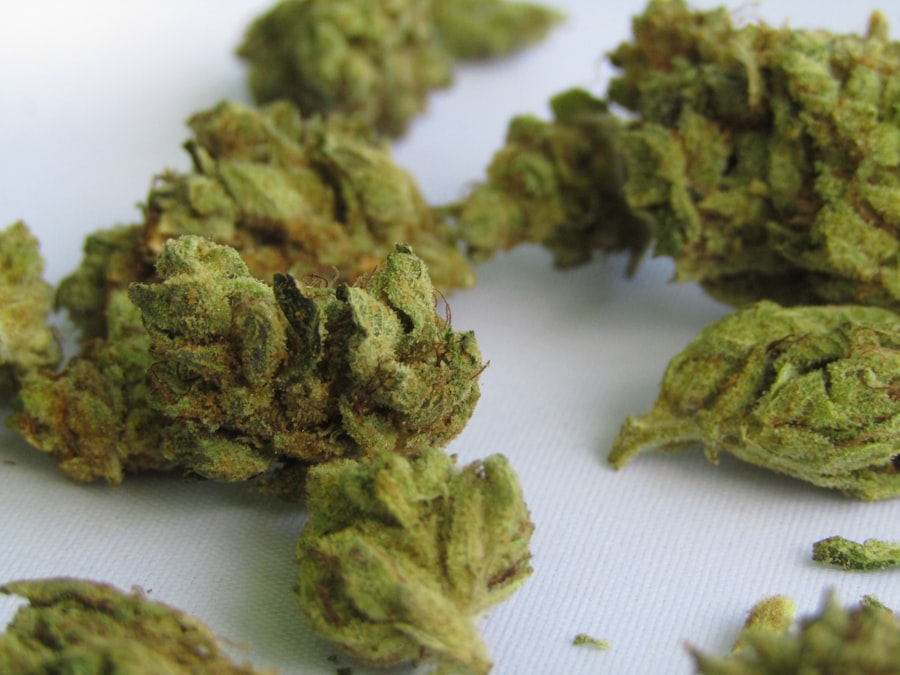
Understanding Life Cycles
IPM emphasizes understanding the life cycles of both desirable grasses and invasive weeds to inform management decisions. This approach begins with thorough monitoring of lawn conditions and weed populations to identify problem areas early.
Cultural Practices
Cultural practices form the foundation of IPM strategies; maintaining healthy turf through proper mowing, watering, and fertilization creates an environment less conducive to weed establishment.
Chemical Controls and Integrated Management
When necessary, chemical controls can be integrated into the management plan but should be used judiciously and in conjunction with other methods to reduce reliance on herbicides. For example, applying pre-emergent herbicides during peak germination periods while simultaneously promoting healthy turf can significantly reduce weed populations over time.
Maintaining a Healthy Lawn to Prevent Grass Weeds
A healthy lawn is one of the best defenses against grass weeds. Regular maintenance practices contribute significantly to turf vigor and resilience against invasions. Aeration is an essential practice that alleviates soil compaction and promotes root growth by allowing air, water, and nutrients to penetrate deeper into the soil profile.
Aerating the lawn once or twice a year can enhance overall health and reduce the likelihood of weed establishment. Additionally, overseeding with desirable grass species can help fill in bare spots that might otherwise become inviting targets for grass weeds. This practice not only improves the density of the turf but also enhances its ability to compete with potential invaders.
Choosing the right grass species for the local climate and soil conditions further supports lawn health; selecting drought-resistant varieties can reduce reliance on irrigation while promoting robust growth.
Seeking Professional Help for Grass Weed Management
While many homeowners may feel equipped to manage grass weeds on their own, there are instances where professional assistance may be warranted. Lawn care professionals possess specialized knowledge about local weed species, their life cycles, and effective management strategies tailored to specific environments. They can conduct thorough assessments of lawn conditions and recommend appropriate cultural practices or chemical treatments based on individual needs.
Moreover, professionals often have access to advanced tools and products that may not be readily available to the average homeowner. This expertise can save time and effort while ensuring that management practices are implemented effectively and safely. For those struggling with persistent grass weed issues or looking for comprehensive lawn care solutions, enlisting professional help can lead to healthier lawns free from invasive species.
If you are interested in learning more about grass weeds and their impact on the environment, you may want to check out the article Understanding the Concept of Sets and Set Operations. This article discusses the importance of identifying and categorizing different types of weeds, including grass weeds, in order to effectively manage them. By understanding the characteristics and behavior of these weeds, we can develop more sustainable methods for controlling their growth and spread.
FAQs
What are grass weeds?
Grass weeds are unwanted plants that belong to the grass family (Poaceae) and can be found in lawns, gardens, and agricultural fields. They compete with desirable plants for water, nutrients, and sunlight, and can be difficult to control.
What are some common types of grass weeds?
Some common types of grass weeds include crabgrass, quackgrass, annual bluegrass, barnyardgrass, and foxtail. These weeds can vary in appearance and growth habits, but they all have the potential to cause problems in lawns and gardens.
How do grass weeds spread?
Grass weeds can spread through various means, including wind dispersal of seeds, animal transport, and human activities such as mowing or tilling. Some grass weeds are prolific seed producers, which can contribute to their spread and persistence in the environment.
What are the impacts of grass weeds?
Grass weeds can have negative impacts on the environment, agriculture, and landscaping. They can reduce crop yields, decrease the aesthetic value of lawns and gardens, and disrupt natural ecosystems. Controlling grass weeds is important for maintaining healthy and productive landscapes.
How can grass weeds be controlled?
Controlling grass weeds can be achieved through various methods, including manual removal, mulching, herbicide application, and promoting healthy turf or garden conditions. Integrated weed management strategies that combine multiple control methods are often the most effective approach.

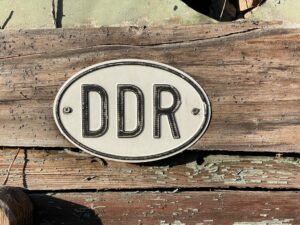



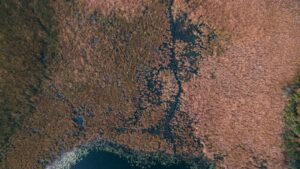
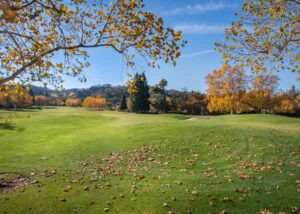


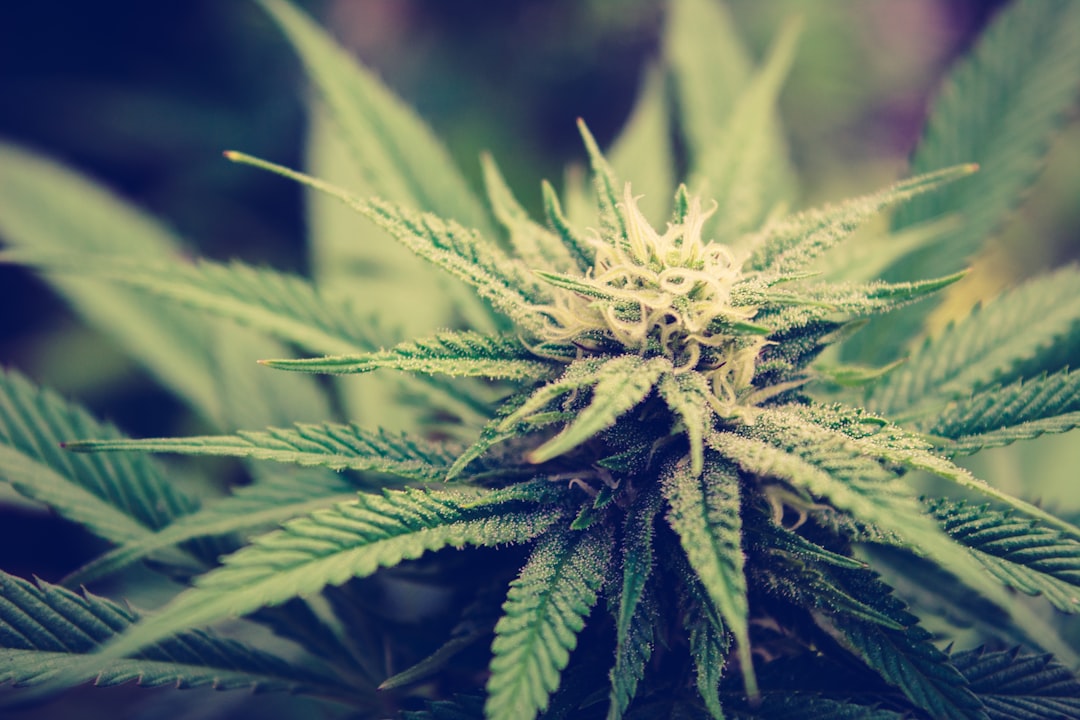
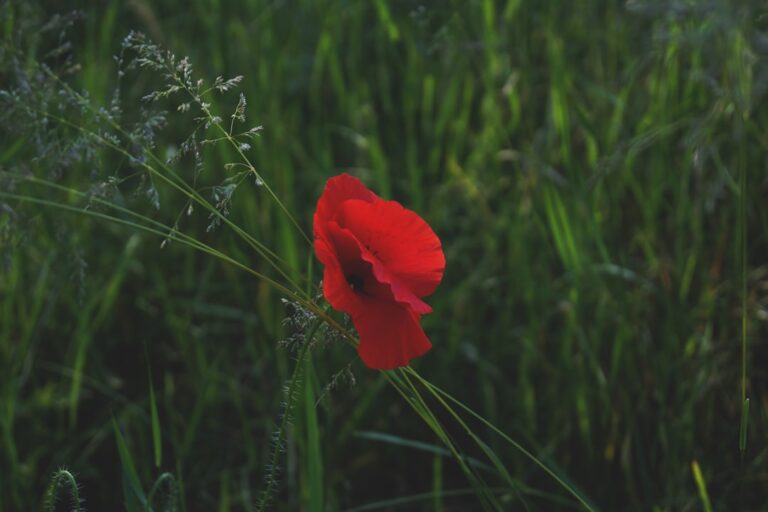



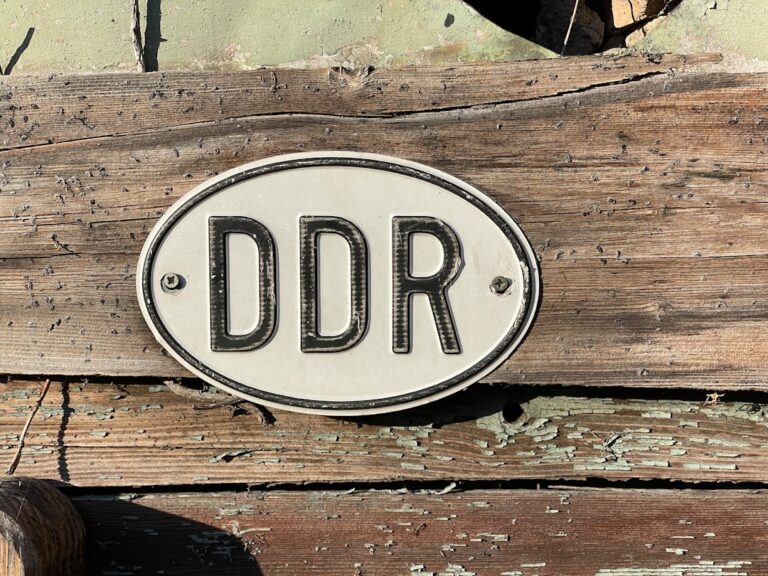





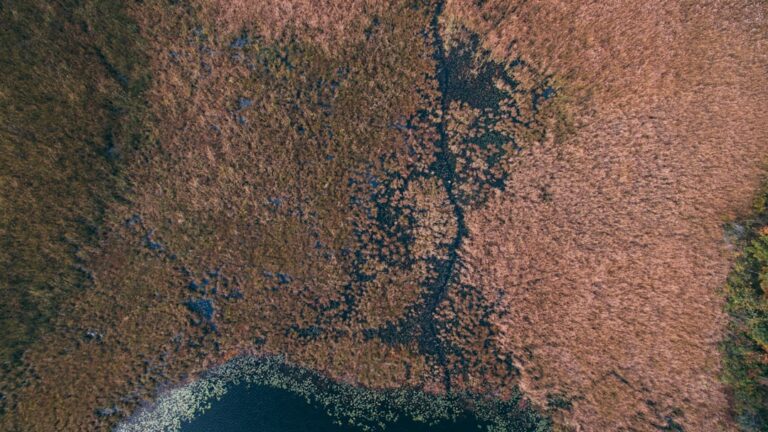
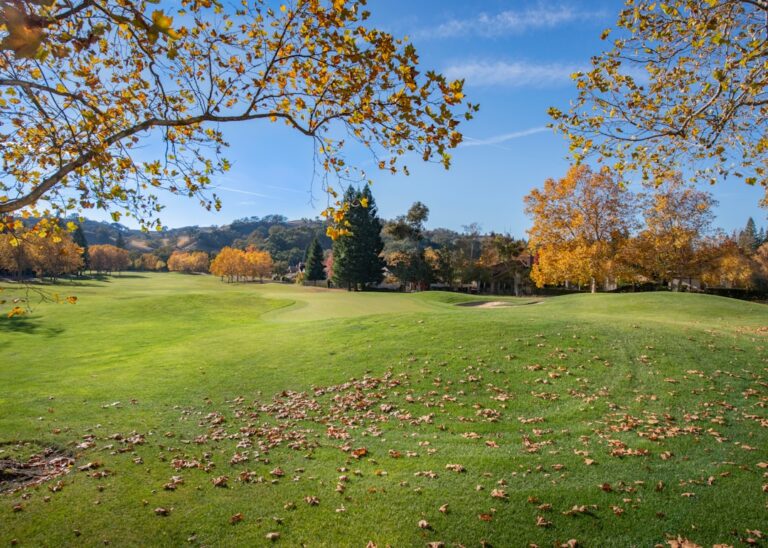
+ There are no comments
Add yours